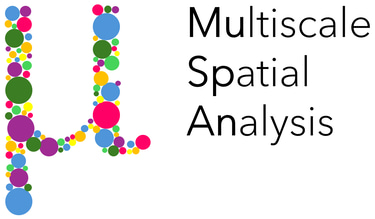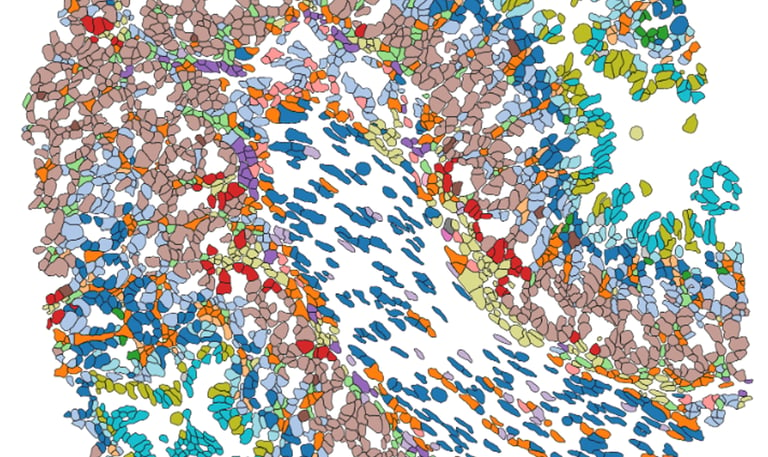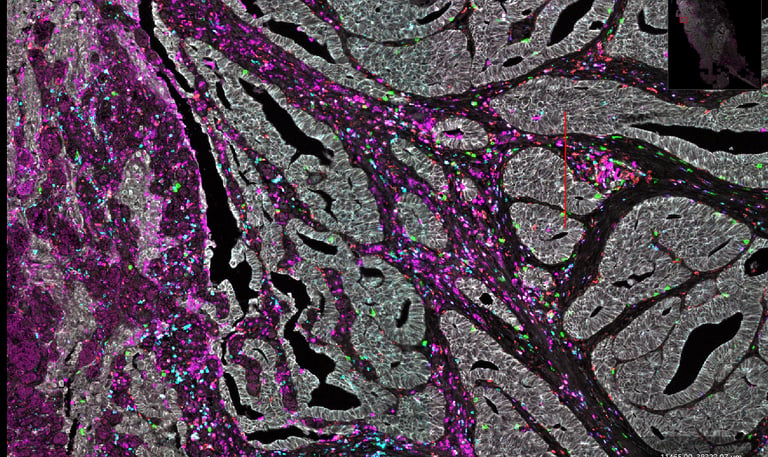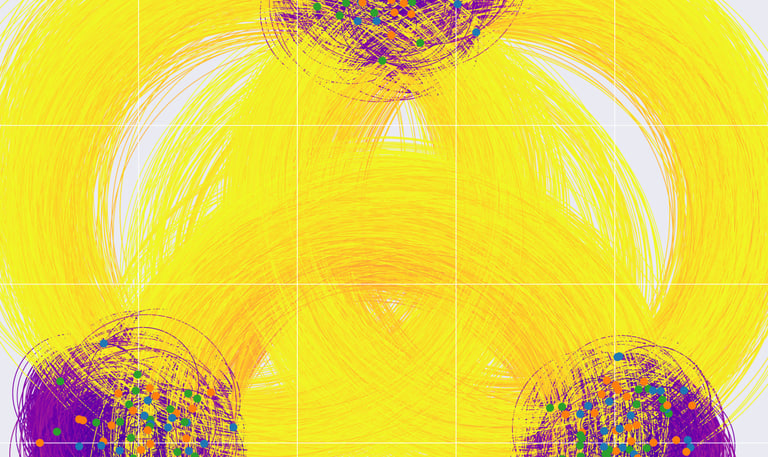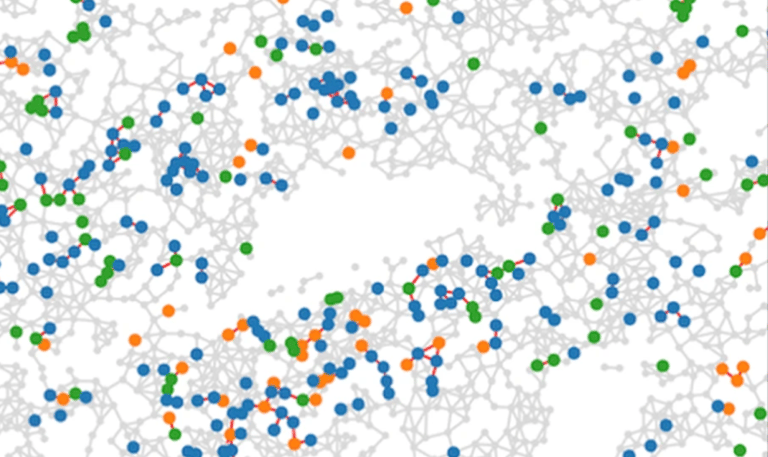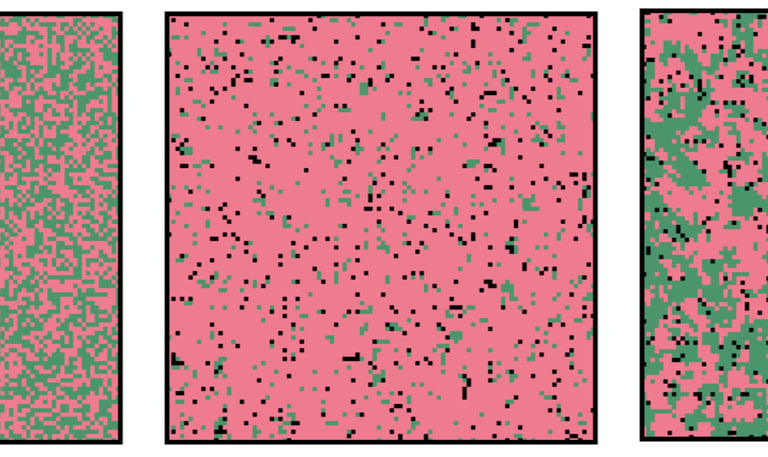Publications
Explore journal articles and preprints that use MuSpAn
Recent publications using MuSpAn
MuSpAn: A Multiscale Spatial Analysis toolbox
A preprint which introduces MuSpAn, and showcases some of its key features on a Xenium spatial transcriptomics dataset. If you use MuSpAn as part of an academic study, please cite this reference.
Integrating diverse statistical methods to analyse stage-discriminatory cell interactions in colorectal neoplasia
This study showcases how different statistics available within MuSpAn - the cross-pair correlation function, Wasserstein distance, quadrat correlation matrix, topographical correlation map, and persistent homology - can be combined to give more robust biological insights into multiplex immunohistochemistry images, in a cohort of colorectal adenocarcinomas.
Bull, Moore, Mulholland, Leedham, and Byrne (2024) - Preprint
Bull, Mulholland, Moore, ..., Leedham, and Byrne (2024) - Preprint
Extended correlation functions for spatial analysis of multiplex imaging data
Bull, Mulholland, Leedham, and Byrne (2024) - Biological Imaging
This paper presents a technical overview of some new spatial metrics - the neighbourhood correlation function, topographical correlation map, and weighted pair correlation function - and shows how they can be applied to multiplex imaging data. The TCM and wPCF are both currently available in MuSpAn.
Single cell spatial analysis reveals inflammatory foci of immature neutrophil and CD8 T cells in COVID-19 lungs
Weeratunga, Denney, Bull, Repapi...Byrne, Taylor, and Ho (2023) - Nature Communications
This study uses the SpOOx pipeline, an Imaging Mass Cytometry analysis pipeline that uses an early prototype of MuSpAn to identify changes in the spatial interactions of immune cells and infected cells as severe COVID-19 infection progresses.
Using spatial statistics to infer game-theoretic interactions in an agent-based model of cancer cells
Leither, Strobl, Scott, and Dolson (2025) - Preprint
A preprint which uses evolutionary game theory to develop an agent-based model of drug resistance in cancer. The authors use MuSpAn to compute a suite of spatial statistics that they use to relate spatial patterns of cells with the underlying game-theoretic interactions in their model.
Submit a paper
If you've used MuSpAn in a paper or preprint and would like it to appear on this list, we'd love to showcase it here. Please contact us on info@muspan.co.uk, or use this form to let us know!
MuSpAn
Quantitative tools for multiscale spatial data analysis.
Contact us
Join our mailing list
info@muspan.co.uk
© 2024. All rights reserved.
muspan for commercial use
